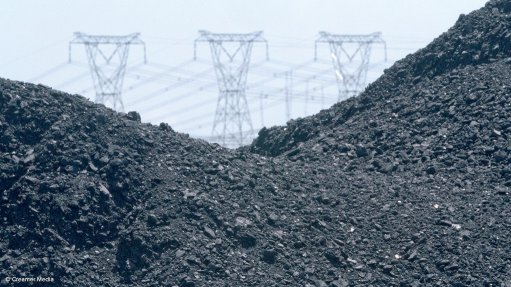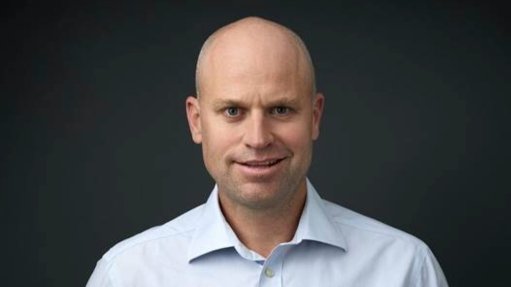The bus that Tesla missed
Every day, I read all the suggested stories from Google. I know that some story lines repeat day after day. There is always a story about climate change, Jacob Zuma, a bread recipe, living off the grid, State-owned electricity utility Eskom, corruption and . . . Tesla.
The Tesla stories should have a warning in large letters: ‘Content Paid For By Tesla’. This is because they are fawningly sycophantic (which means, Natal graduates, to be ‘obsequiously biased’ or telling a tale in a distorted way in order to gain advantage).
The Tesla stories say that the truck is wonderful, that the Tesla 3 on-board camera has caught thieves at work, that the latest version of the Tesla has travelled over one-million kilometres. It is unfortunate that some Tesla stories are biased. For example, the one-million-kilometre Tesla car had two battery packs and three drive unit replacements in the period of doing the one-million kilometres, which does not sound that great.
However, this is not what I want to write about. The Tesla batteries are, effectively, a whole lot of cellphone batteries (lithium-ion) in series and parallel. The Tesla car batteries are tweaked with other metals, such as cobalt, but the basic construction is the same. The problems with Tesla batteries are that of charging time. It is 4.5 hours for slow charge (as from a domestic supply), which is 16 amps off a three-phase supply (380 V) or 50 amps off a single-phase supply (220 V). This is beyond the capacity of most domestic dwellings, so you will have to opt for charging at 20 amps off a single-phase supply, which will push charging time to about 12 hours. At a commercial charging station with a 100 kW supply, a charge takes 30 minutes.
Thus, the big problem with the Tesla battery is that charging takes a while. There is, of course, a secondary concern: How do you recycle the battery? It is possible, but there is no financial model: extraction of lithium from old batteries is five times more expensive than mined lithium. Another problem: charging batteries is not necessarily pollution free – unless it is all renewable energy, the charging electric supply pollutes.
Essentially, the Tesla car is like a scuba diver: the charge is put into the battery (like air in the diver’s air tank) and the car is driven off (the diver swims off). Fish, on the other hand, breathe oxygen, which they extract from the water and have no need for a tank.
There is a better battery technology than a lithium-ion battery: a nonpolluting aluminium air battery. These have advantages that the energy density (watt hours per kilogram) is as much as five times that of current lithium-ion cells. Aluminium metal for the anode is extremely light and, as the cathode is air, the overall package can be much lighter than most other battery types. These batteries are not rechargeable. During the electrochemical reaction of the aluminium anode with the electrolyte, the aluminium is converted into a hydrated alumina that can no longer take part in the reaction. In general, if they were in an electric car, they would have to be replaced every 2 200 km or so. The replacement process would be swift – less than five minutes. And, naturally, aluminium is abundant and recyclable and cheap.
Also, it will be possible to restore the battery to full charge by flushing the electrolyte and removing the hydrated alumina. Naturally, should Tesla wish, it could modify its cars to use aluminium air batteries. But it has missed the bus. No matter how the matter is sugar-coated, charging a battery of an electric car is way more tedious than filling up with petrol. Or swapping a battery. And, if you have a four-car electric refilling station, you will need a 500 kVA supply, which, at current rates, will cost about R2-million minimum. Let’s hope the aluminium air batteries do get commonly used. And not because I do not like Elon Musk. Really. Truly.
Article Enquiry
Email Article
Save Article
Feedback
To advertise email advertising@creamermedia.co.za or click here
Comments
Press Office
Announcements
What's On
Subscribe to improve your user experience...
Option 1 (equivalent of R125 a month):
Receive a weekly copy of Creamer Media's Engineering News & Mining Weekly magazine
(print copy for those in South Africa and e-magazine for those outside of South Africa)
Receive daily email newsletters
Access to full search results
Access archive of magazine back copies
Access to Projects in Progress
Access to ONE Research Report of your choice in PDF format
Option 2 (equivalent of R375 a month):
All benefits from Option 1
PLUS
Access to Creamer Media's Research Channel Africa for ALL Research Reports, in PDF format, on various industrial and mining sectors
including Electricity; Water; Energy Transition; Hydrogen; Roads, Rail and Ports; Coal; Gold; Platinum; Battery Metals; etc.
Already a subscriber?
Forgotten your password?
Receive weekly copy of Creamer Media's Engineering News & Mining Weekly magazine (print copy for those in South Africa and e-magazine for those outside of South Africa)
➕
Recieve daily email newsletters
➕
Access to full search results
➕
Access archive of magazine back copies
➕
Access to Projects in Progress
➕
Access to ONE Research Report of your choice in PDF format
RESEARCH CHANNEL AFRICA
R4500 (equivalent of R375 a month)
SUBSCRIBEAll benefits from Option 1
➕
Access to Creamer Media's Research Channel Africa for ALL Research Reports on various industrial and mining sectors, in PDF format, including on:
Electricity
➕
Water
➕
Energy Transition
➕
Hydrogen
➕
Roads, Rail and Ports
➕
Coal
➕
Gold
➕
Platinum
➕
Battery Metals
➕
etc.
Receive all benefits from Option 1 or Option 2 delivered to numerous people at your company
➕
Multiple User names and Passwords for simultaneous log-ins
➕
Intranet integration access to all in your organisation


















